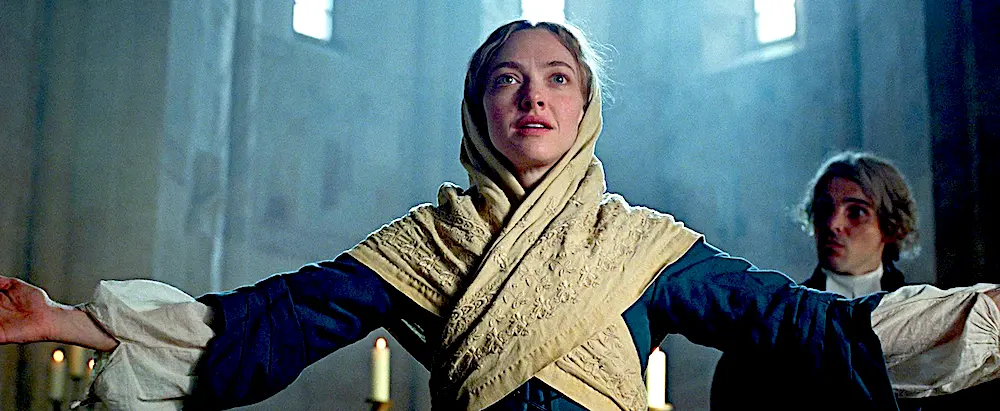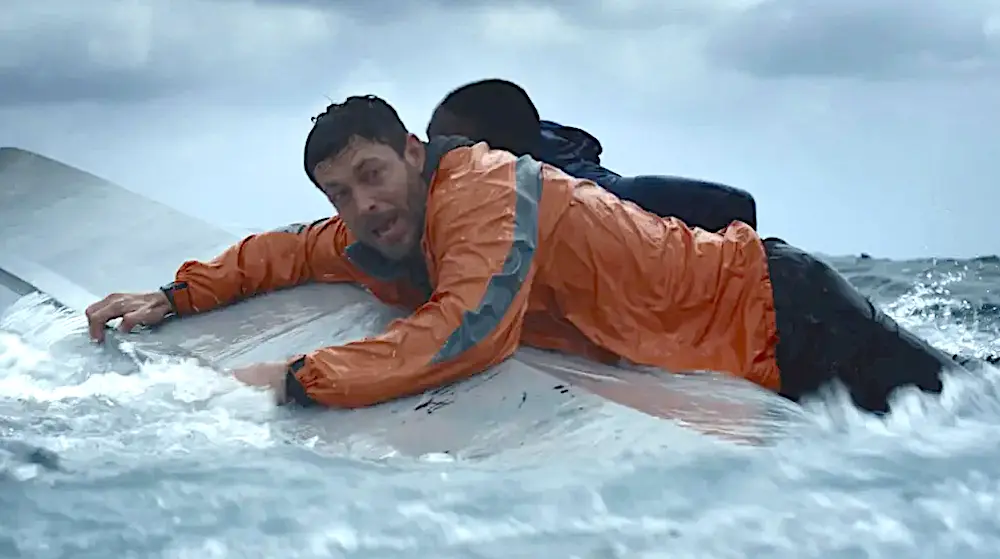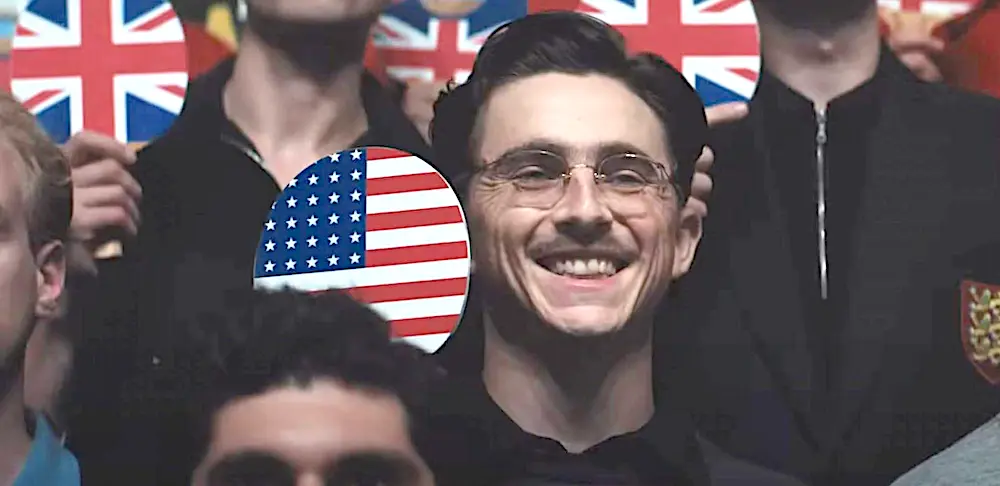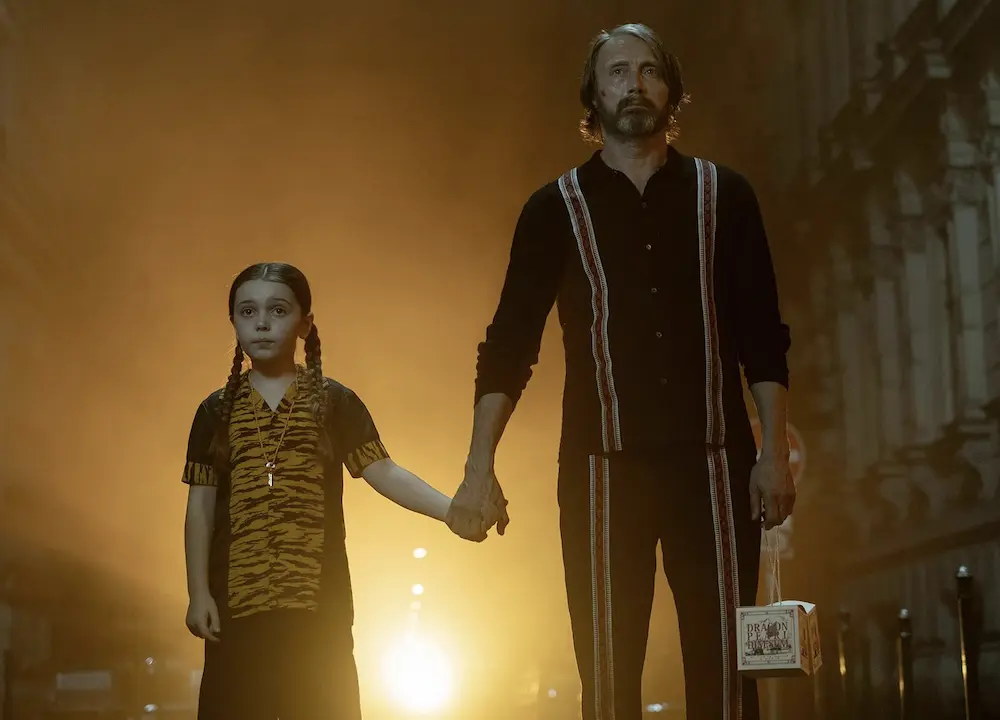“The Boys in the Boat,” the latest sports movie from George Clooney, is currently showing yet another Rotten Tomatoes skew you could drive a Mack truck through—Critics: 56-percent, audience: 96-percent. Why is that? More on this later, but I’m telling you right now; it’s an excellent family film.
‘The Boys in the Boat’: When USA’s J.V. Crew Beat the Nazis
George Clooney directs a fun telling of the time America put a collegiate junior varsity team up against the Nazis at the 1936 Olympics.
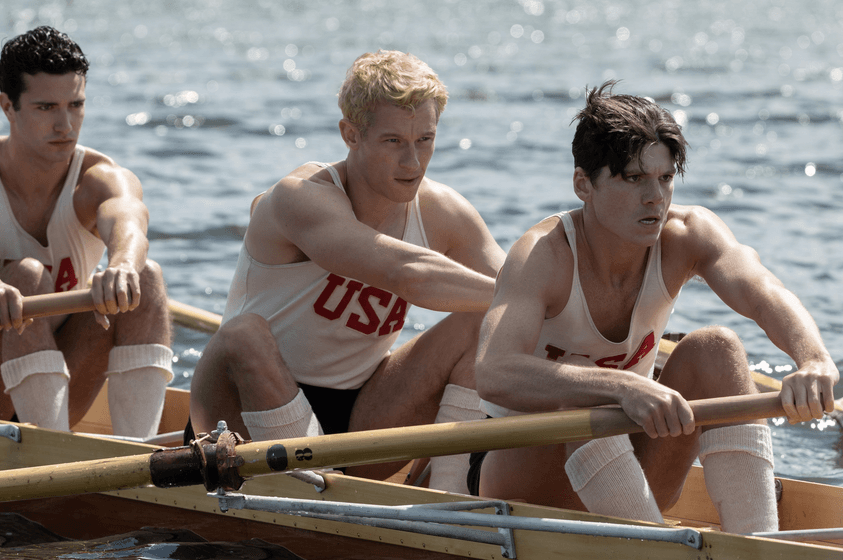
(L–R) Shorty Hunt (Bruce Herbelin-Earle), Joe Rantz (Callum Turner), and Don Hume (Jack Mulhern) in “The Boys in the Boat.” Laurie Sparham/Metro-Goldwyn-Mayer Pictures
Mark Jackson is the senior film critic for The Epoch Times and a Rotten Tomatoes-approved critic. Mark earned a bachelor's degree in philosophy from Williams College, followed by classical theater conservatory training, and has 20 years' experience as a New York professional actor. He narrated The Epoch Times audiobook "How the Specter of Communism Is Ruling Our World," available on iTunes, Audible, and YouTube. Mark is featured in the book "How to Be a Film Critic in Five Easy Lessons" by Christopher K. Brooks. In addition to films, he enjoys Harley-Davidsons, rock-climbing, qigong, martial arts, and human rights activism.
Author’s Selected Articles


